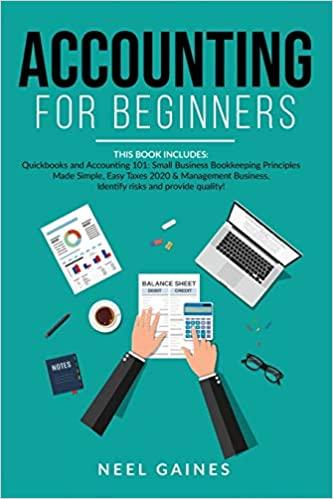Answered step by step
Verified Expert Solution
Question
1 Approved Answer
The accounting records of Wall's China Shop reflected the following balances as of January 1, Year 2. Cash Beginning inventory Common stock Retained earnings The
The accounting records of Wall's China Shop reflected the following balances as of January 1, Year 2. Cash Beginning inventory Common stock Retained earnings The following five transactions occurred in Year 2: 1. First purchase (cash): 125 units @ $87 2. Second purchase (cash): 200 units @ $95 3. Sales (all cash): 430 units @ $186 4. Paid $14,450 cash for salaries expenses 5. Paid cash for income tax at the rate of 40 percent of income before taxes Required a. Compute the cost of goods sold and ending inventory, assuming (1) FIFO cost flow, (2) LIFO cost flow, and (3) weighted-average cost flow. Compute the income tax expense for each method. b. Record the above transactions in general journal form and post to T-accounts assuming each of the cost flows listed. Assume perpetual inventory system is used. 1. FIFO 2. LIFO 3. Weighted Average c. Use a vertical model to show the Year 2 income statement, balance sheet, and statement of cash flows under FIFO, LIFO, and weighted average. $ 16,800 12,750 (150 units @ $85) 14,200 15,350 Complete this question by entering your answers in the tabs below. Req A Req B1 General Journal FIFO LIFO Req B1 T Accounts Req B2 General Journal Req B2 T Acccounts Cost of Goods Sold Reg B3 General Journal Compute the cost of goods sold and ending inventory, assuming (1) FIFO cost flow, (2) LIFO cost flow, and (3) weighted- average cost flow. Compute the income tax expense for each method. (Round intermediate calculations to 3 decimal places. Round your final answers to the nearest whole dollar amount.) Ending Inventory Req B3 T Accounts Req C Prev 1 of 4 www


Journal entries: first purchase of merchandise inventory for cash, second purchase merch inv cash, sale of inv for cash, cost of goods sold, salaries expenses paid, income tax expense paid

journal entries 2: first purchase merch inv for cash,second purchase merch inv for cash, sale of inv for cash, cost of goods sold, salaries exp paid, income tax exp paid

journal entries 3: same as before

 income statement, balance sheet, statement of cash flows
income statement, balance sheet, statement of cash flows
Step by Step Solution
There are 3 Steps involved in it
Step: 1

Get Instant Access to Expert-Tailored Solutions
See step-by-step solutions with expert insights and AI powered tools for academic success
Step: 2

Step: 3

Ace Your Homework with AI
Get the answers you need in no time with our AI-driven, step-by-step assistance
Get Started


